
The Minnesota State Treasurer was an elected officer under the Minnesota Constitution until 2003. Before statehood, the Minnesota Territory had the same office.

The 1886 California gubernatorial election was held on November 2, 1886 to elect the governor of California.

The 1888 Minnesota gubernatorial election was held on November 6, 1888 to elect the governor of Minnesota.
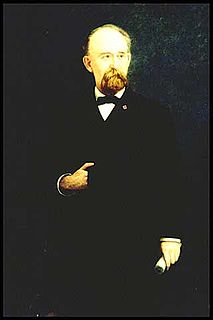
The 1883 Minnesota gubernatorial election was held on November 6, 1883 to elect the governor of Minnesota.

The 1879 Minnesota gubernatorial election was held on November 4, 1879 to elect the governor of Minnesota. Incumbent John S. Pillsbury was reelected to a third term.

The 1877 Minnesota gubernatorial election was held on November 6, 1877 to elect the governor of Minnesota. Incumbent John S. Pillsbury was reelected to a second term.

The 1875 Minnesota gubernatorial election was held on November 2, 1875 to elect the governor of Minnesota.

The 1873 Minnesota gubernatorial election was held on November 4, 1873 to elect the governor of Minnesota.
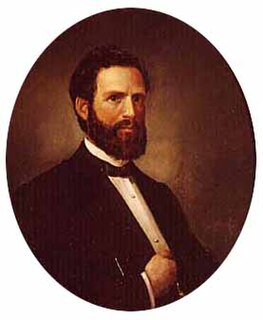
The 1871 Minnesota gubernatorial election was held on November 7, 1871 to elect the governor of Minnesota. Incumbent Horace Austin was reelected to a second term.

The 1869 Minnesota gubernatorial election was held on November 2, 1869 to elect the governor of Minnesota.
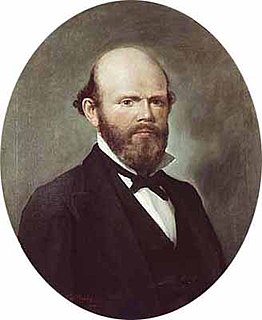
The 1867 Minnesota gubernatorial election was held on November 5, 1867 to elect the governor of Minnesota. Incumbent governor William Rainey Marshall was reelected to a second term.

The 1865 Minnesota gubernatorial election was held on November 7, 1865 to elect the governor of Minnesota.

The 1863 Minnesota gubernatorial election was held on July 10, 1863 to elect the governor of Minnesota.
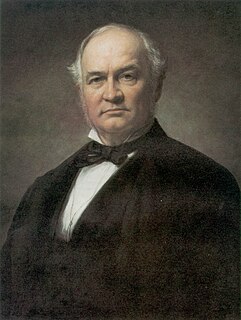
The 1861 Minnesota gubernatorial election was held on November 5, 1861 to elect the governor of Minnesota. Incumbent Alexander Ramsey was reelected to a second term.

The 1859 Minnesota gubernatorial election was held on November 8, 1859 to elect the governor of Minnesota.
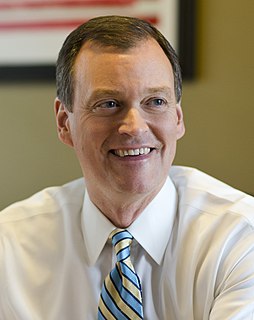
The 2018 Minnesota gubernatorial election took place on November 6, to elect the 41st Governor of Minnesota as incumbent governor Mark Dayton chose not to run for re-election for a third term. The Democratic nominee was congressman Tim Walz from Minnesota's 1st congressional district while the Republicans nominated Hennepin County commissioner Jeff Johnson. The Independence Party of Minnesota didn't field a candidate for the first time since 1994. Going into the election the polls showed Walz ahead and the race was characterized as lean or likely DFL.

The 2018 United States Senate election in Minnesota took place on November 6, 2018, to elect a United States Senator from Minnesota. Democratic incumbent Amy Klobuchar was easily reelected to a third term in office. This election was held alongside a special election for Minnesota's other Senate seat, which was held by Al Franken until he resigned in January 2018. U.S. House elections, a gubernatorial election, State House elections, and other elections were also held.














